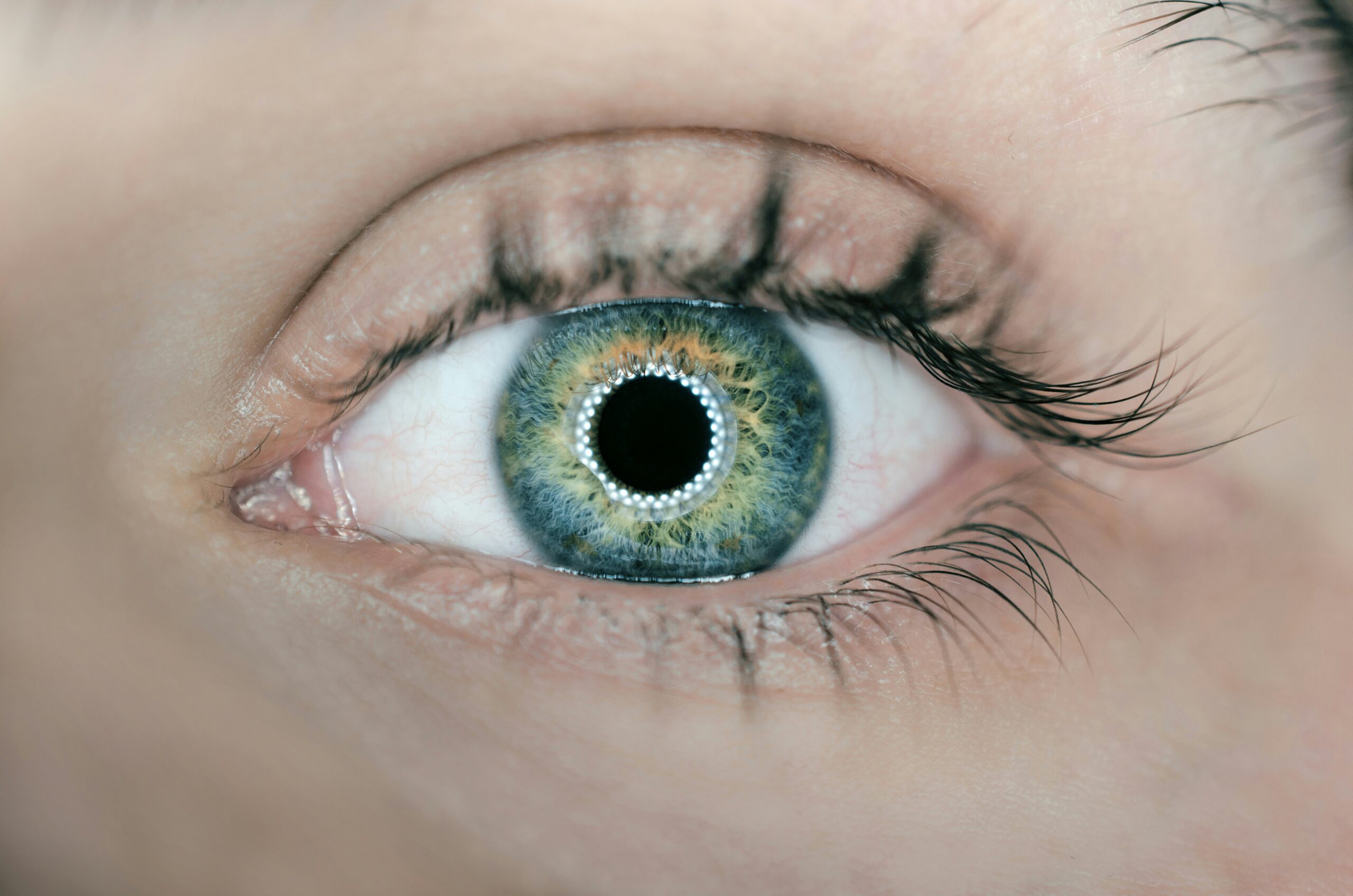Prescription Lenses

Prescription Lenses
For over three centuries, myopic patients have been receiving treatment that is the exact opposite of what they should be getting. Single-vision distance lenses correct blurred distance vision, but causes the eyes to exert more focusing effort at near objects, which can result in increased myopia. Additionally, this type of correction in a spectacle lens or contact lenses causes peripheral retinal blur, which we now know has a contributing factor to increasing myopia progression. Consequently, distance glasses should only be used for distance vision. A prescription that minimises near point strain is usually beneficial for close work.
The use convex or ‘plus power’ lens reading glasses for close work may not only minimise further elongation of the eyeball but may also improve functional vision by relaxing the focusing muscle. Studies have shown that that this method may halt the development of myopia and, in some cases, return children to normal vision, provided that the myopia is still at a beginning stage.
In 2005, research with chickens showed that when a minus lens is prescribed, the choroid (which is one of the layers in the retina) thins, thus contributing for the eyeball elongating. It changes the anatomy of the retina almost instantly. The study also shows that plus lens thickens the choroid, which is one of the reasons why they are effective in myopia prevention.
Several research studies have also been carried out on the effect of bifocal lenses on myopia progression in children. A randomised trial conducted in 2010 with 145 myopic Chinese-Canadian children over 24 months saw 38% less myopia progression in children wearing bifocals than in those wearing single-vision lenses. Another study carried out four years later found similar results (less 35% myopia progression). Bifocal lenses allow clear distance vision through the top portion of the lens while the bottom portion contains the reading power, which reduces or eliminates the accommodative effort associated with myopia.
